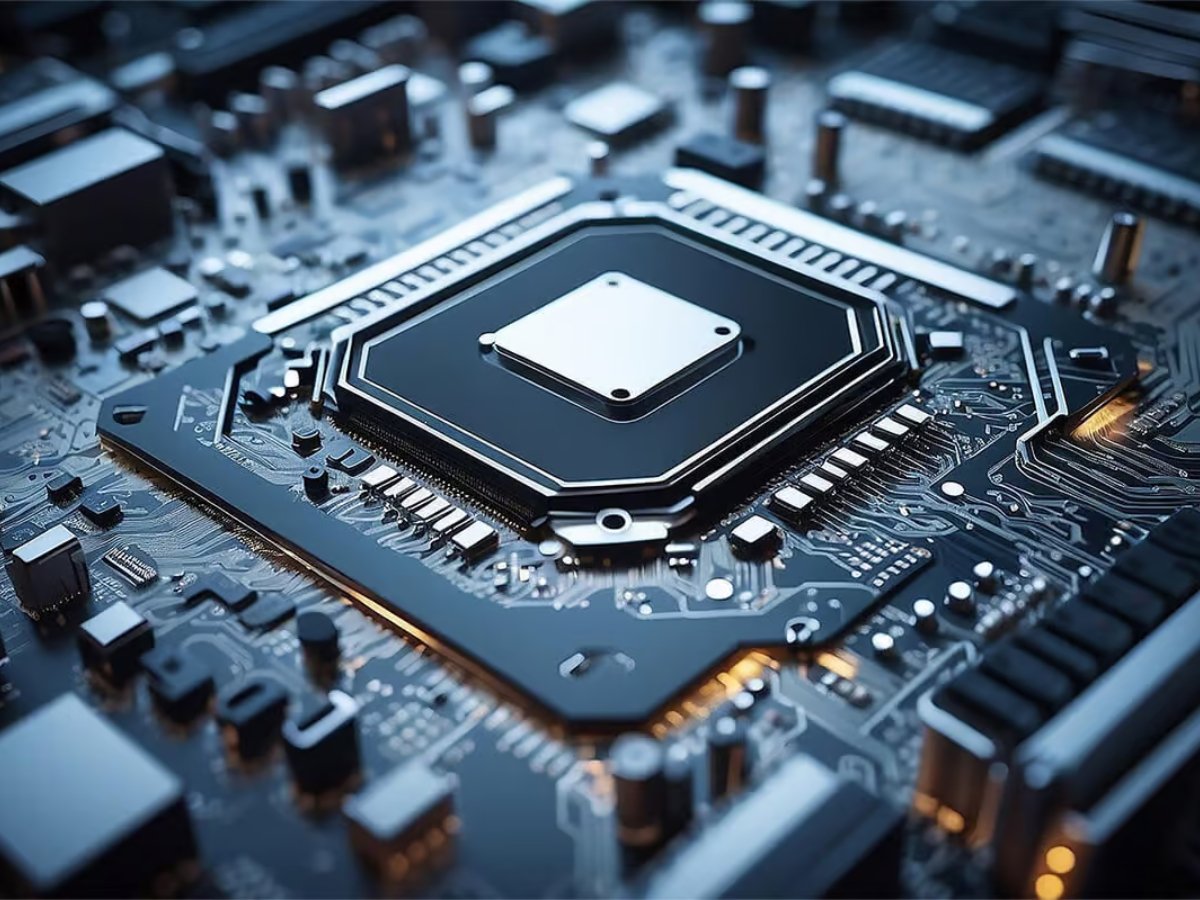The global semiconductor boom has created waves of hiring in VLSI design, verification, and physical implementation. For Indian engineers eyeing global opportunities, understanding regional job markets—especially in the USA, Germany, and Taiwan—is essential. Each region presents unique growth drivers, challenges, and ideal skillsets.
1. USA – The Innovation Epicenter
High Demand & Huge Salaries
- The US semiconductor industry faces a projected shortage of 67,000–146,000 engineers and technicians by 2029–2030
- Average US VLSI engineer salary ranges from $95k to $195k+, with top roles paying $150–200k .
Growth Hotspots
- Silicon Valley, Austin, Boston: high activity in AI accelerators, CPU/GPU design, and SoCs.
- CHIPS and Science Act funneling $250B+ into domestic fabs, design centers, and R&D
What Employers Want
- Experts in RTL design, verification (SystemVerilog, UVM), STA, PD, and low-power design.
- Hands-on tool proficiency and design flow experience increasingly valued over advanced degrees.
2. Germany – Europe’s Semiconductor Powerhouse
Fab Expansion & Strong Design Links
- Germany is building an advanced TSMC fab in Dresden (~2029, capacity: 40,000 wafers/month), backed by a €5B EU/German subsidy
- Major players like Infineon, NXP, and Bosch have substantial design operations.
Niche Opportunities
- A market focusing on automotive, industrial electronics, and power-efficient chip design.
- Salaries are healthy, though slightly below US—typically €60k–€100k+ for VLSI professionals.
Cultural & Skill Match
Engineers with German, English proficiency, strong analog/digital fundamentals, and industry-tool mastery excel. Reddit notes engineers from India find good positions in companies like NXP
3. Taiwan – The Semiconductor Giant
Global Foundry Leader
- Taiwan dominates with 20% of global semiconductor output, primarily from TSMC, which accounted for over $115B in revenue
- Workforce projected to grow from 300k to 450k by 2030, especially in fabrication, engineering, and R&D
High Compensation & Opportunities
Starting salaries for VLSI engineers in Taiwan range between $57k–71k+, with senior roles reaching $200k+ in the USA
Strategic Hiring Challenges
- Taiwan faces talent shortages due to declining regional education trends. They’re opening roles to foreign engineers with advanced technical skills .
- English proficiency and experience with EUV and advanced-node designs are key differentiators.
Key Takeaways for Indian Engineers
Skill Focus Matters
- Be proficient in RTL, SystemVerilog, STA, PD, and EDA tools (Synopsys, Cadence, Mentor).
- Build ASIC and FPGA design projects to demonstrate real capability.
Global Mobility & Language
- US: Recruiters value tool fluency and domain depth—English fluency expected.
- Germany: German language skills give you an edge; English may suffice in MNC centers.
- Taiwan: English plus some knowledge of Mandarin culture aids integration.
Targeted Job Roles
- USA: SoC design, verification, high-speed design—Valeer for AI and press setups.
- Germany: Automotive, industrial chips—analog, mixed-signal, power-focused design.
- Taiwan: Leading foundry roles—fab operations, process integration, high-volume design.
Why India Is Well-Positioned
- Indian engineers make up ~20% of global VLSI design talent
- Government support (Semicon India, PLI, C2S) is expanding domestic capabilities—training ~85k VLSI engineers by 2027
- Major global firms like NXP, AMD, Intel, Nvidia, and Applied Materials are ramping up R&D centers in India .
How MOSart Labs Trains You for These Markets
- MOSart Labs’ IIT Bhubaneswar-certified VLSI PG Diploma equips you for these global hubs through:
- Mastery of RTL, verification, STA, DFT, and PD flows.
- Hands-on use of Cadence, Synopsys, Mentor in real ASIC/FPGA-based projects.
- Career readiness modules tailored to global interview standards.
- Positioning for core roles in USA, Germany, and Taiwan.
Final Thoughts
The global VLSI job market is thriving, but opportunities differ by region. The USA offers the highest salaries and cutting-edge roles, Germany focuses on high-reliability and automotive systems, while Taiwan remains essential for advanced-node production.
If you’re an Indian engineer aiming for a global semiconductor career, the key is to build deep domain skills, tool expertise, and cultural adaptability. MOSart Labs provides the exact environment to learn, practice, and launch into these markets confidently.



